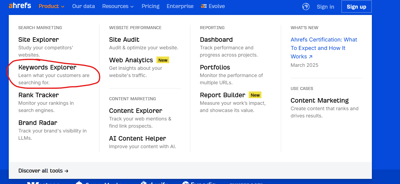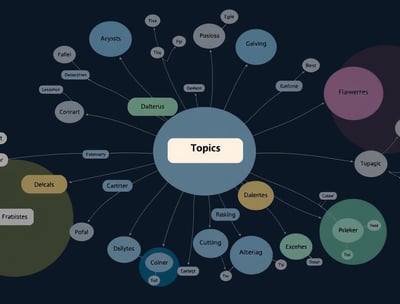Content Marketing Explained In 50 Seconds
Content marketing is the art of using words, images, and videos to attract and engage your ideal audience — without being pushy or salesy.
Take blogs, for example. Let’s say you’re a lighting company, and you publish a post about how lighting affects mood. You’re not just writing for fun — you’re providing real value while positioning yourself as an expert.
It builds trust.
And when people trust you? They’re way more likely to buy from you later… or at the very least, remember your brand when the time comes.
That’s the magic of content marketing: you help first, and sell later.
Content Strategy Services
We provide expert guidance on content strategy, keyword research, and effective content planning.
Keyword Research Insights


Keyword research is the process of finding out what words or phrases people type into search engines when looking for something.
It’s done by using tools like Google Keyword Planner or Ubersuggest to discover high-volume, low-competition terms your audience is searching for.
The benefit is that it helps you create content that ranks higher, attracts the right people, and brings in more organic traffic.




Content Calendar Creation
Content calendar creation is the process of planning and organizing when and where content will be published.
It’s done by mapping out topics, formats, and posting dates on a calendar using tools like Google Sheets, Trello, or Notion.
The benefit is that it keeps your content consistent, strategic, and aligned with your marketing goals.
Developing Content Briefs
Developing content briefs is the process of creating a clear outline that guides writers or creators on what to include in a piece of content.
It’s done by defining the topic, target audience, goals, keywords, tone, format, and any required references or CTAs.
The benefit is that it ensures content is aligned with strategy, saves time in revisions, and delivers exactly what the client or brand needs.


Topic clustering is the process of organizing content into groups around a central theme or "pillar" topic.
It’s done by creating one in-depth pillar page and linking it to several related subtopics or supporting articles.
The benefit is that it improves SEO, boosts internal linking, and helps search engines understand your site's content structure better.




Blogs
Blogs are written articles published on a website to educate, inform, or engage a specific audience. Admittedly, I prefer to lead a group of writers rather than being a writer.
They’re created by researching a topic, writing valuable content around it, and optimizing it for readability and SEO.
The benefit is that blogs drive organic traffic, build authority, and help convert readers into leads or customers.
Different Types of Lead Magnets
Lead magnets are free offers given in exchange for a person’s contact information, usually an email address.
They’re created by identifying a problem your audience wants solved and packaging a quick-win solution in a downloadable or accessible format.
The benefit is that they grow your email list with qualified leads who are already interested in what you offer.
Topic Clustering

Contact Us
Reach out for inquiries about our content strategy services.
